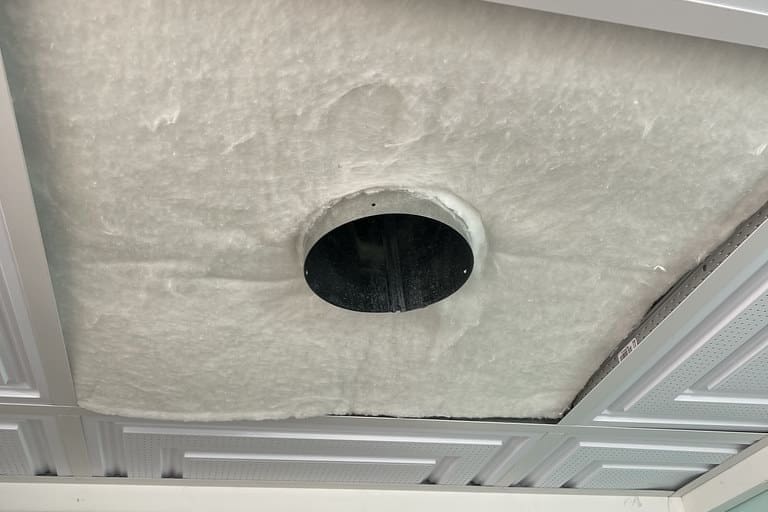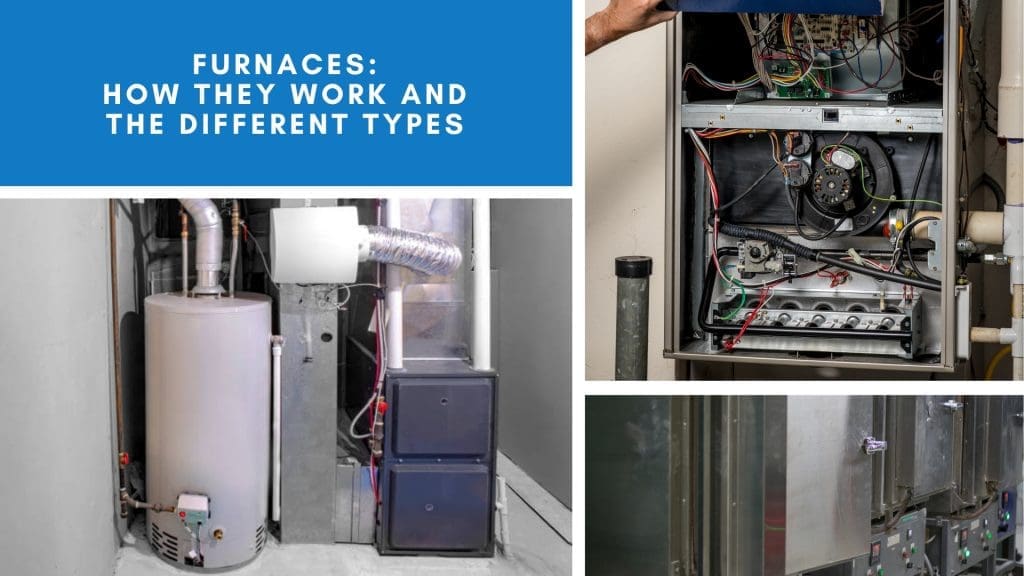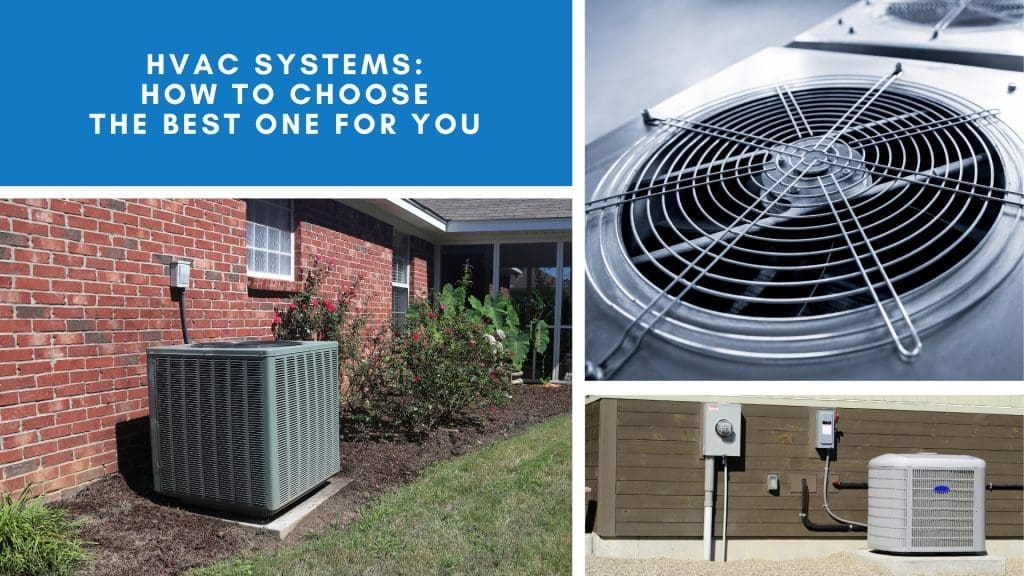Concealed duct HVAC systems are rapidly gaining popularity in residential and commercial buildings due to their sleek design and high efficiency. These systems offer a discrete heating and cooling solution, eliminating the need for bulky units that disrupt the aesthetic of your spaces. However, like any HVAC system, concealed duct options come with their own set of advantages and drawbacks. This article aims to provide a comprehensive overview of what concealed duct HVAC systems are, their benefits, and the potential downsides, as well as answer some common questions about these systems.
What Are Concealed Duct HVAC Systems?
Concealed duct HVAC systems are heating, ventilation, and air conditioning systems where the ducts are hidden within the ceiling or walls of a building. Unlike traditional HVAC systems, which often involve visible air handlers or wall-mounted units, concealed duct systems provide a seamless and unobtrusive solution. They integrate into the architecture of your home or office, making them an excellent option for those who prioritize aesthetics.

These systems operate by distributing conditioned air through a network of ducts concealed within the building structure. The air is then delivered to various rooms via discreet vents or grilles. This ensures that the system remains out of sight while maintaining a comfortable indoor environment.
Concealed duct HVAC systems are versatile and can be used in both residential and commercial settings. They are ideal for spaces where maintaining a clean and uncluttered look is essential, such as modern homes, offices, and retail stores. This flexibility and aesthetic appeal make them a popular choice among architects and interior designers.
Exploring the Basics: How Concealed Ducts Work
Concealed duct HVAC systems work by utilizing an air handler unit that is typically installed in a hidden location, such as an attic or a closet. This air handler is connected to a series of ducts that run through the ceiling or walls, distributing air to different parts of the building. The air is delivered through small, strategically placed vents or grilles.
The system operates based on a thermostat that controls the air handler, ensuring that the indoor temperature remains consistent with the user’s preference. When the thermostat signals the air handler to cool or heat the space, the unit conditions the air and pushes it through the concealed duct network. This distributed air is then expelled into the rooms through the vents, providing a uniform temperature throughout the building.
One of the key components of a concealed duct system is its zoning capability. Zoning allows different areas or “zones” of a building to be controlled independently. This not only enhances comfort by providing precise temperature control in each zone but also increases energy efficiency by ensuring that only occupied areas are conditioned.
The Pros of Concealed Duct HVAC Systems
One of the main advantages of concealed duct HVAC systems is their aesthetic appeal. Since the ducts and air handlers are hidden, these systems blend seamlessly into the architecture of a building, maintaining a clean and uncluttered look. This is particularly beneficial in modern and minimalist designs where visible HVAC components can be an eyesore.
Energy efficiency is another significant advantage. Concealed duct systems are designed to provide even air distribution, which helps maintain a consistent indoor temperature. This reduces the need for the system to work harder to compensate for hot or cold spots, leading to lower energy consumption and reduced utility bills.
Flexibility in design and installation is also a notable benefit. These systems can be customized to fit the specific layout of a building, allowing for tailored solutions that meet the unique needs of different spaces. Whether it’s a residential home with multiple rooms or a commercial building with distinct zones, concealed duct systems can be adapted to provide optimal comfort and efficiency.
Cons to Consider Before Installation
Despite their many advantages, concealed duct HVAC systems have some downsides that should be considered before installation. One of the primary drawbacks is the initial cost. These systems can be more expensive to install compared to traditional HVAC systems due to the complexity of the ductwork and the need for specialized installation techniques.
Another potential disadvantage is the difficulty in accessing the system for maintenance and repairs. Since the ducts and air handlers are concealed within the building structure, any issues that arise can be challenging and costly to address. Regular maintenance is crucial to ensure the system operates efficiently, but accessing hidden components can be time-consuming and disruptive.
Noise can also be a concern with concealed duct systems. While the air handler is typically installed in a hidden location, the noise generated by the system can sometimes be heard in the living or working spaces. This is especially true if the installation is not done correctly or if the system is not properly insulated.
Are Concealed Duct Systems Always VRF?
Concealed duct HVAC systems are not always Variable Refrigerant Flow (VRF) systems, although they can be. VRF technology allows for the simultaneous heating and cooling of different zones within a building by controlling the amount of refrigerant that flows to each indoor unit. This provides greater flexibility and energy efficiency, especially in larger buildings with diverse heating and cooling needs.
While VRF systems can be integrated with concealed duct setups to enhance their efficiency and zoning capabilities, not all concealed duct systems utilize VRF technology. Some systems may use traditional split-system configurations or other types of HVAC technology that do not offer the same level of control and efficiency as VRF.
Ultimately, whether or not a concealed duct system uses VRF technology depends on the specific needs and preferences of the building owner. Factors such as the size of the building, the number of zones required, and the desired level of control and efficiency will influence the choice of system.
SEER2 Ratings: Do All Concealed Ducts Hit 16+?
Seasonal Energy Efficiency Ratio (SEER) ratings measure the efficiency of air conditioning systems, with higher ratings indicating greater energy efficiency. SEER2 is an updated standard that provides a more accurate representation of real-world energy use. While many concealed duct HVAC systems are designed to be highly efficient, not all of them will necessarily achieve a SEER2 rating of 16 or higher.
The efficiency of a concealed duct system depends on several factors, including the quality of the installation, the specific components used, and the overall design of the system. High-efficiency models are available that meet or exceed SEER2 16 ratings, but it’s essential to verify the efficiency of the specific system you are considering.
When selecting a concealed duct HVAC system, it’s crucial to consider both the SEER2 rating and the specific needs of your building. A higher SEER2 rating can lead to significant energy savings over time, but it may also come with a higher upfront cost. Balancing efficiency with budget and performance requirements will ensure you choose the best system for your needs.
Installation Process: What Homeowners Should Expect
Installing a concealed duct HVAC system is a complex process that requires careful planning and execution. Homeowners should expect a thorough inspection of their property by a qualified HVAC contractor to determine the best layout for the ductwork and the optimal placement for the air handler unit. This assessment will take into account the size and layout of the building, as well as any unique features that may impact the installation.
Once the assessment is complete, the installation process begins with the preparation of the space. This may involve some minor construction work, such as creating access points for the ducts and air handler. The ducts are then carefully installed within the ceiling or walls, ensuring that they are properly insulated to prevent energy loss and minimize noise.
After the ductwork is in place, the air handler unit is installed in its designated location, and the system is connected to the thermostat. The final step involves testing the system to ensure it operates correctly and efficiently. Homeowners should be prepared for some disruption during the installation process, but the end result will be a highly efficient and aesthetically pleasing HVAC system.
Maintenance Tips for Concealed Duct HVAC Systems
Regular maintenance is essential to keep a concealed duct HVAC system running smoothly and efficiently. One of the most important maintenance tasks is changing the air filters regularly. Clean filters ensure proper airflow and reduce the strain on the system, which can help extend its lifespan and improve its efficiency.
Cleaning the vents and ductwork is another crucial maintenance task. Over time, dust and debris can accumulate in the ducts, reducing airflow and potentially leading to system malfunctions. Professional duct cleaning services can help keep the ducts clean and free of obstructions, ensuring optimal performance.
It’s also important to schedule regular inspections and tune-ups with a qualified HVAC technician. These inspections can identify potential issues before they become major problems and ensure that all components of the system are working correctly. Regular maintenance can help prevent costly repairs and extend the life of your concealed duct HVAC system.
FAQs: Common Questions Answered
1. What are concealed duct HVAC systems?
Concealed duct HVAC systems are heating and cooling systems where the ducts and air handlers are hidden within the ceiling or walls, providing a discrete and aesthetically pleasing solution.
2. Are concealed duct systems always VRF?
No, concealed duct systems are not always VRF. While VRF technology can be integrated with concealed duct systems for enhanced efficiency and control, other types of HVAC technology can also be used.
3. Do all concealed duct systems have a SEER2 rating of 16+?
No, concealed duct systems are not always VRF. While VRF technology can be integrated with concealed duct systems for enhanced efficiency and control, other types of HVAC technology can also be used.
4. What is the installation process for a concealed duct system?
The installation process involves a thorough property assessment, preparation of the space, installation of the ductwork and air handler, and testing the system to ensure proper operation.
5. How should I maintain my concealed duct HVAC system?
Regular maintenance tasks include changing air filters, cleaning vents and ductwork, and scheduling regular inspections and tune-ups with a qualified HVAC technician.
Making the Decision: Is a Concealed Duct System Right for You?
Deciding whether a concealed duct HVAC system is right for you depends on several factors, including your budget, aesthetic preferences, and specific heating and cooling needs. If you prioritize a clean and uncluttered look and are willing to invest in a higher upfront cost


